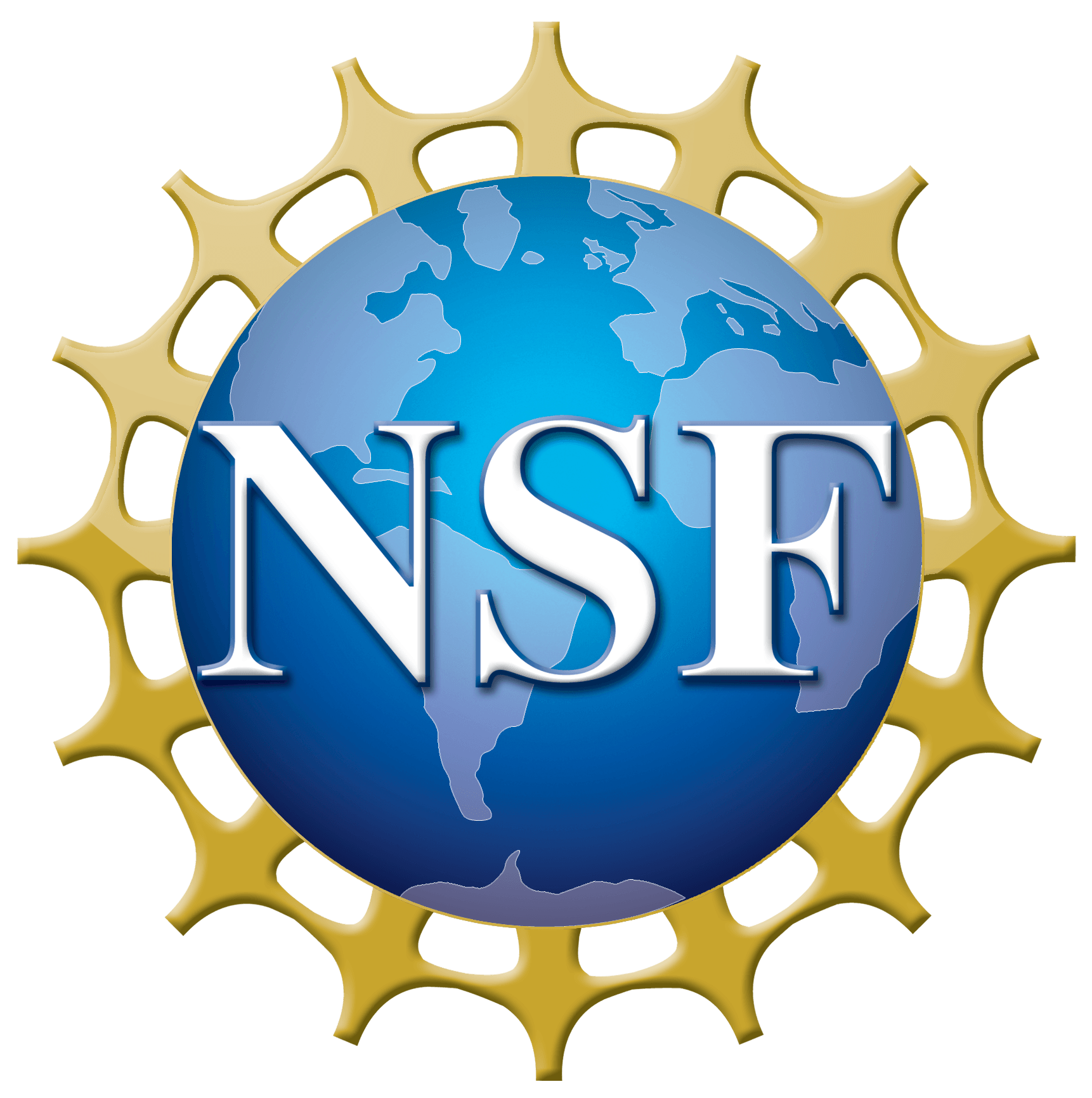As the end of 2021 approaches, we celebrate the certification of 28 women in STEM who became the first generation of PROVOCA mentors, a trained group of professionals and students in science, technology, engineering and mathematics that will provide mentoring to girls and young college students who decide to pursue a career in these disciplines.
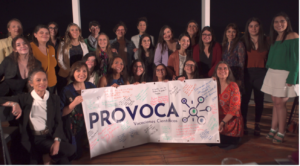
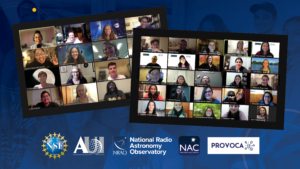
NRAO Reacts to Astro2020 Statements on Diversity and Inclusion
Released in November 2021, the Astronomy and Astrophysics Decadal Survey—Astro2020—not only set scientific priorities for the discovery and study of potentially habitable worlds and finding answers to big questions about the nature of the Universe, but also emphasized the importance of diversity, equity, and inclusion (DEI) in the field of astrophysics. The inclusion of DEI initiatives in the report signals a shift in the industry, one for which the National Radio Astronomy Observatory (NRAO) and its partners have been building a foundation for over a decade.
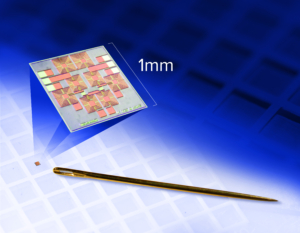
NSF Partnerships for Innovation Funding to Make NRAO Tech Accessible to New Wireless Markets and High-Frequency Applications
The National Science Foundation (NSF) has awarded the National Radio Astronomy Observatory’s Central Development Laboratory (CDL) $250,000 in Partnerships for Innovation (PFI) funding to support the proof-of-concept development of high-performance reflectionless radio frequency filters at 40 GHz and above for high-frequency applications, including wireless and defense.
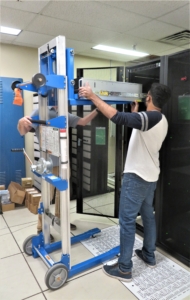
Prototype SETI Hardware Gets First Data From VLA
A system designed to provide streaming data from the VLA to SETI Institute equipment to search for radio transmissions possibly generated by extraterrestrial civilizations has successfully completed its first test.
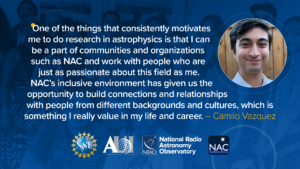
NACtober Showcases Research, Accomplishments of National Astronomy Consortium Participants
Kicking off this week, and running throughout the month of October, the annual conference of the National Astronomy Consortium (NAC)—NACtober—will highlight the hard work, research, and accomplishments of the 2021 NAC cohort.
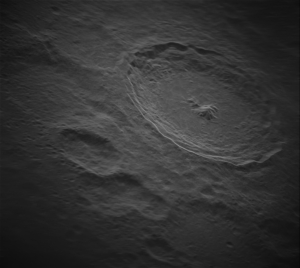
IMAGE RELEASE: Moon’s Tycho Crater Revealed in Intricate Detail
The National Science Foundation’s Green Bank Observatory and National Radio Astronomy Observatory, and Raytheon Intelligence & Space have released new high-resolution images of the Moon, the highest-ever taken from the ground, using new radar technology on the Green Bank Telescope (GBT).




